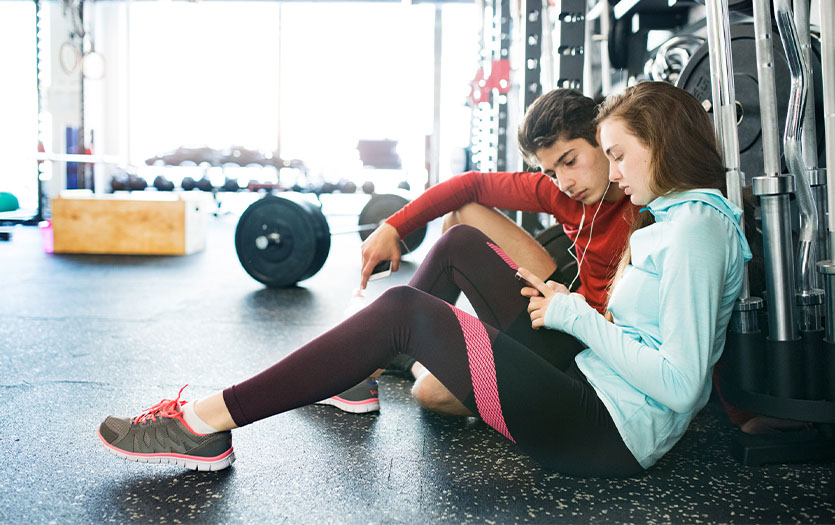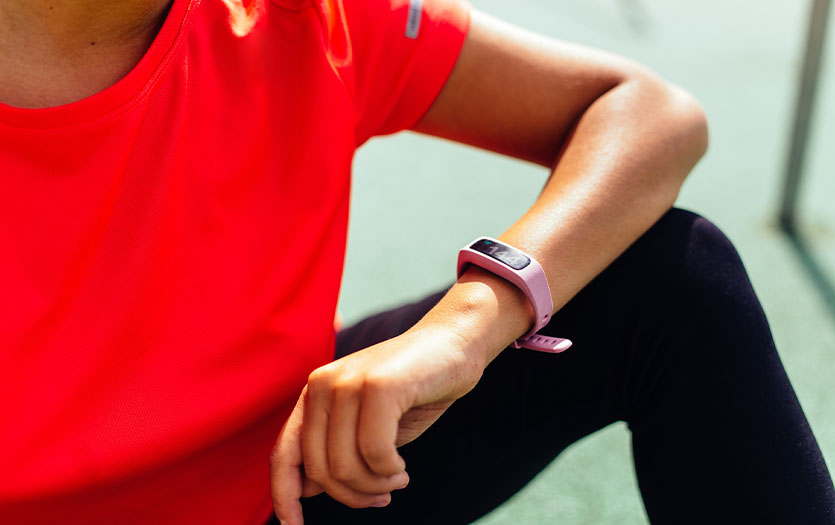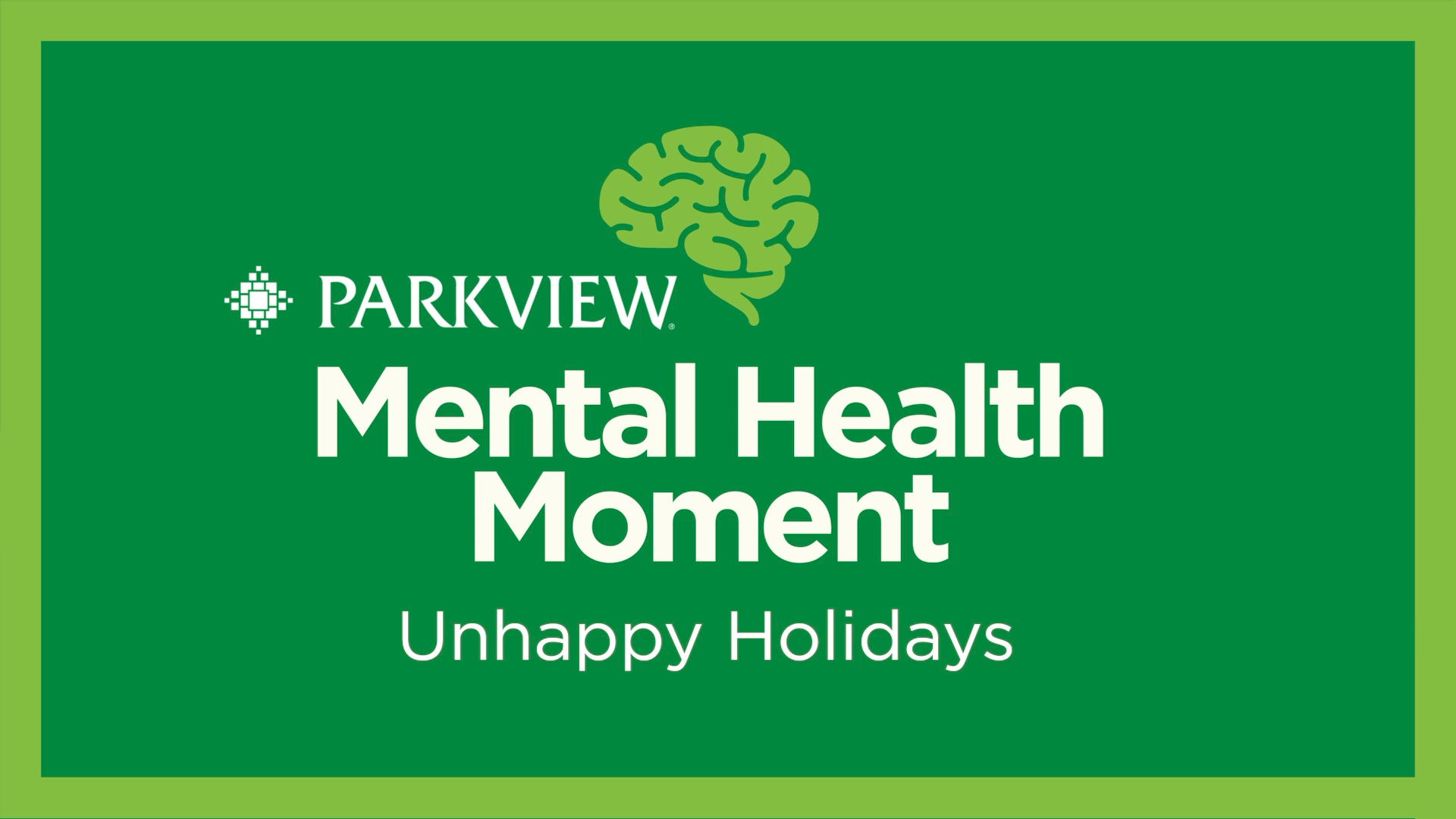
This post was written by Lainie Moore, MCJ, programs supervisor, Home Base Division Case Management, Parkview Behavioral Health Institute.
Walk into any gym in the country in January and you will find individuals hoping to achieve their New Year’s resolution of getting fit. Due to the marketing tactics of commercial gyms as fitness influencers on social media, many of these aspiring folks will fall into a younger demographic. While the growth of wellness and fitness in this country has had a lot of positives, there have also been some negatives. Specifically, we worry about the young people who are already navigating the struggles of puberty, without the added pressure of fitness culture.
In many commercial gyms, you can find an individual who works out as their profession next to someone just starting out on their fitness journey. While this allows novices the opportunity to discuss and get tips from others much farther along in their fitness journeys, it’s important to remember that not all “professional” fitness gurus use a healthy approach.
The downside of fad fitness culture
Diet culture and pervasive messages on television and social media have created unrealistic expectations for young people. We often hear about the dangers of eating disorders and body dysmorphia in young women but overlook the fact that young men are under just as much pressure to be “built” as young women are to be thin.
When a young person enters the world of fitness, whether they are male, female or non-binary, there are pressures to look a certain way and proposed short-cuts to achieve those results.
Unhealthy measures
Individuals who are looking to lose weight may begin to skip meals, restrict what they eat, hyperfocus on calories or other nutritional facts, and may even start taking diet pills.
Alternatively, there are just as many dangers tied to trying to put on weight or muscle too quickly and by using unhealthy methods. The use of steroids in the professional fitness world has always been a controversial topic, but thanks to the rise in gym culture and social media, these substances are more readily available. Teenagers are being exposed to steroids, both legal and illegal through these channels and see that they can put on pounds of muscle very quickly with the use of these substances. In a teens world where fast results are everything, steroids can be very appealing.
While the use of steroids can increase muscle growth, it can impact the body’s natural production of testosterone and other chemicals in the body. It can lead to the development of breast tissue in males, baldness in both males and females, increase in acne and stunted growth. Steroid use puts individuals at risk of liver tumors, kidney failure and enlarged heart muscle which impacts blood flow.
What parents can do
Whether a teen is trying to lose weight, build muscle or just get fit, it’s important that parents keep a keen eye out for any potentially dangerous habits or practices. Discuss body positivity and healthy lifestyle approaches and model these behaviors. Help your child resist the pressure to conform and follow the fads. Helping them develop strong self-esteem can help your teen love themselves without putting their well-being in danger and forming habits that carry consequences into adulthood. Start these discussions at home, before they head into the gym.
Want more information?
Exercise, diet and body image: Tackling tough topics with your teen
Teen mental health changes and challenges
Learn more about our Youth Mental Health Services.



